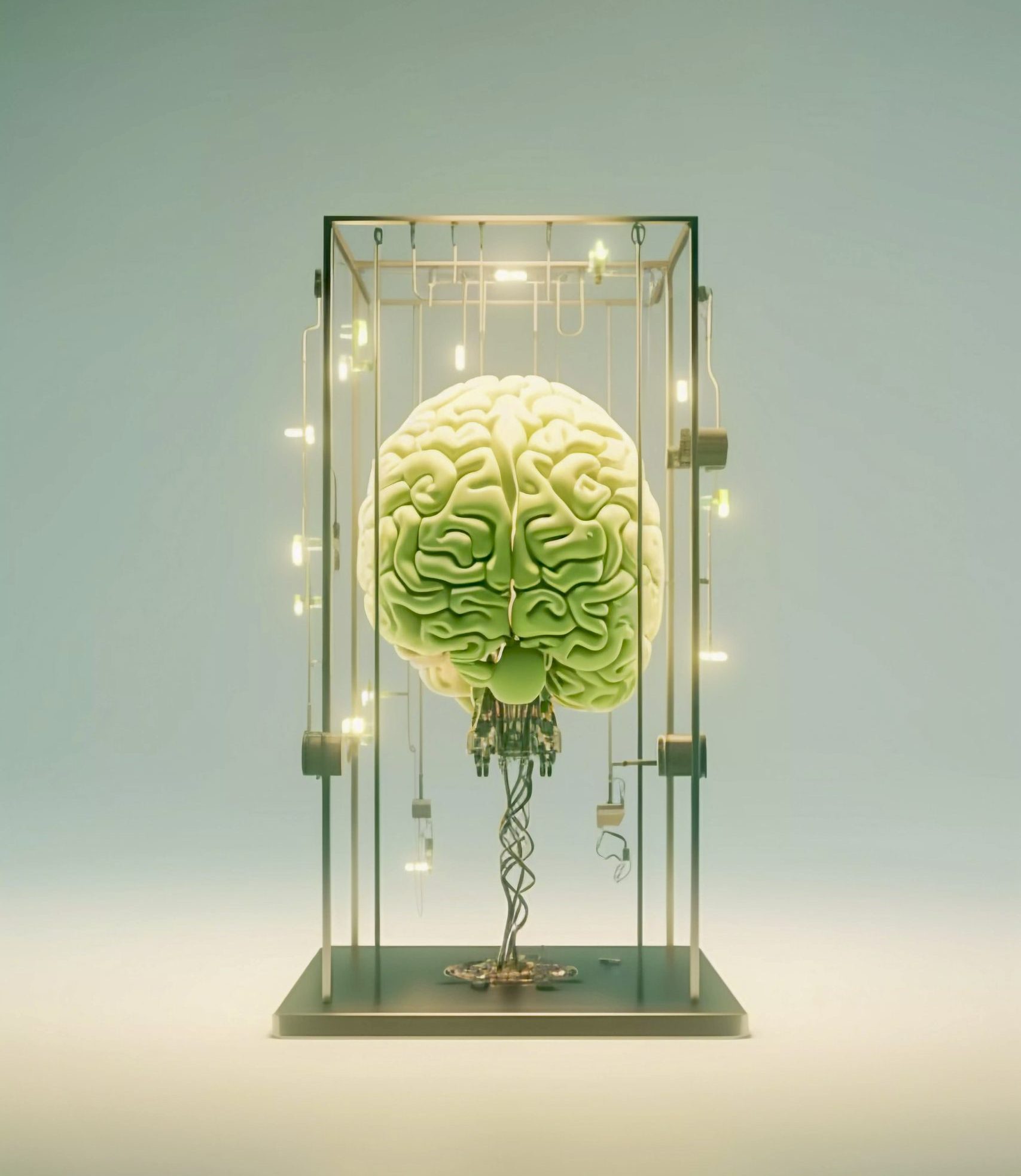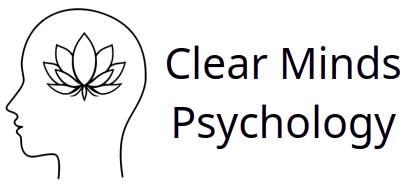Accelerated Resolution Therapy (ART) Calgary
Fast and effective treatment for trauma & PTSD

What Is ART Therapy?
Accelerated Resolution Therapy (ART) Calgary is a proven trauma treatment that delivers fast, lasting relief. Developed in 2008 by Laney Rosenzweig, a licensed marriage and family therapist, ART builds on therapies that use bilateral stimulation, such as EMDR. Distressing memories are reprocessed with the help of guided eye movements or tapping, and lose their long-term emotional pain.
ART therapy in Calgary is a highly efficient method for reducing distress linked to traumatic memories. Sessions last 60–90 minutes and are offered at Clear Minds Psychology by a certified Master ART Therapist. Many clients feel a substantial shift in one to five sessions, with some noticing improvement after just one visit.
How Does Accelerated Resolution Therapy Work?
Through guided eye movements and a process called Voluntary Image Replacement (VIR), ART therapy in Calgary reframes distressing mental images. Painful images are replaced with more positive ones leading to quick symptom relief, without needing to discuss every detail.
Unique Features of ART Therapy in Calgary
Directive, Structured Approach for Faster Results
In ART, the therapist actively guides the process using structured steps. Negative images and linked physical sensations are identified and processed using calming eye movements to reduce discomfort.
Voluntary Image Replacement (VIR)
With VIR, negative mental images are replaced with more positive ones. This changes the emotional impact while preserving the facts, and rewires the brain.
Keep the Knowledge, Lose the Pain
This is a saying in ART – you will retain the facts but lose the distress associated with it.
No Detailed Disclosure Required
Treatment with ART allows you to heal without sharing every detail of your trauma. The therapist only needs to know what you sense and when it changes during the process.
No Homework Between Sessions
Unlike other trauma therapies, ART requires no journaling or recalling distressing events between appointments.
Who Can Benefit From Accelerated Resolution Therapy in Calgary?
For many people in Calgary, ART is life-changing. It is recognised by the National Registry of Evidence-Based Programs and Practices (NREPP) and approved by the Substance Abuse and Mental Health Services Administration (SAMHSA).
A wide range of emotional and behavioural concerns can be treated using Accelerated Resolution Therapy (ART) at Clear Minds Psychology, Calgary including:
- Physical, emotional, and sexual abuse
- Anxiety, panic attacks, and stress
- Complex childhood trauma
- Depression and low self-esteem
- Addictions and substance abuse
- PTSD and post-traumatic stress
- OCD
- Phobias
- Grief and loss
- Pain management
- Performance anxiety
- Relationship difficulties
- Sleep problems and insomnia
- Smoking cessation
For those who have tried other trauma counselling therapies in Calgary without lasting results, ART may be an effective, focused approach to help you move forward.

What to Expect in Your First ART Session
Before your first session, we will discuss your goals and the memories you want to address. You will have the opportunity to try the calming eye movement technique before starting the full process. As ART sessions are longer than typical talk therapy, between 60-90 minutes, there is time for complete emotional processing.
How Long Does ART Therapy in Calgary Take?
Clients often require between one and five sessions to notice significant improvement. Some experience relief after just one session. The speed of improvement often surprises people, who describe ART as “amazing” or “life-changing.”
Why Choose ART Therapy in Calgary?
ART therapy is offered at Clear Minds Psychology, and provides:
- Fast results – noticeable improvements within a few sessions
- Reduced distress – without reliving the trauma in detail
- Short-term treatment – no lengthy therapy commitment
- Comfortable process – guided and structured for safety and ease
For people searching for rapid PTSD treatment in Calgary, ART can offer hope and transformation without unnecessary emotional strain.
Accelerated Resolution Therapy Calgary – Start Healing Today
If you are seeking fast, effective trauma therapy in Calgary, ART through Clear Minds Psychology may be the ideal choice. Whether you are struggling with PTSD, anxiety, or distressing life events, this approach can help you regain emotional balance.
Contact Clear Minds Psychology in Calgary to explore whether Accelerated Resolution Therapy is right for you.
To learn more about ART check out these two videos which you can also find here along with other terrific resources and information about ART.
Here is an insight into ART by its founder Laney Rosenzweig
Here Greenlight Therapy Center offers insight into how ART works
